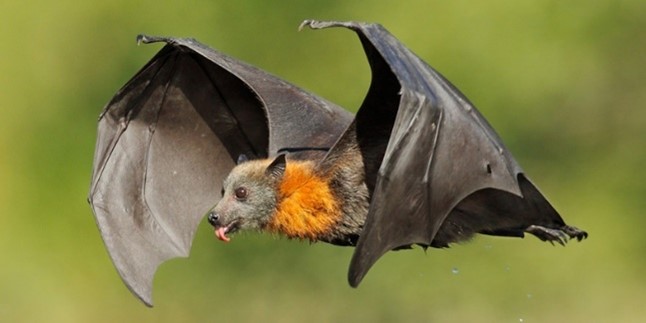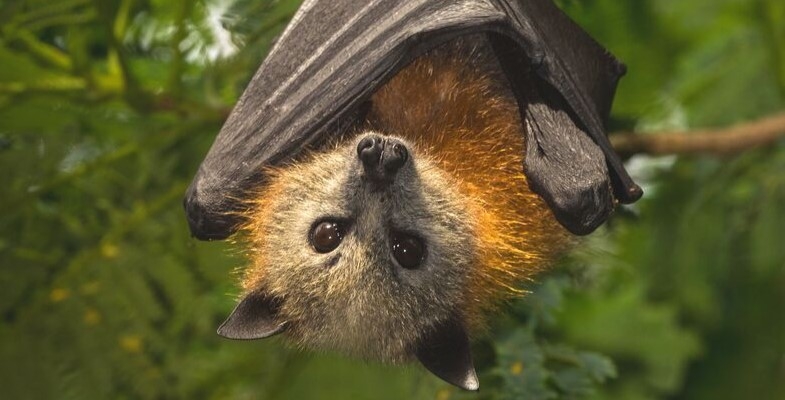It is 20 years since the Grey-headed Flying-fox was listed as a threatened species under NSW and Commonwealth legislation. This legislation requires that a recovery plan is prepared and implemented. Getting the Australian government and the states (Victoria, NSW and Queensland) to agree on the plan has been frustrated by political pressure many times.
In 2017 there was a serious attempt to delist the flying-foxes. Fortunately, the Australasian Bat Society prepared a strong submission to the Parliamentary Inquiry set up to address the issue of flying-foxes.
Finally, the national recovery plan is no longer a draft and it came into effect under the Environment Protection and Biodiversity Conservation Act on 19 March 2021.
The plan is written clearly and contains useful summaries of the biology and ecology of the species. The actions will need pressure from the community to ensure they are implemented.
Flying foxes are critical to the pollination of eucalypts, in particular, throughout Australia. It is probably not accidental that most eucalypts on the East Coast are white flowered so their blossoms can be seen at night. Even Turpentines, which have a much higher flow of nectar at night, provide a ‘high octane fuel’ needed for these blossom-feeding mammals.


